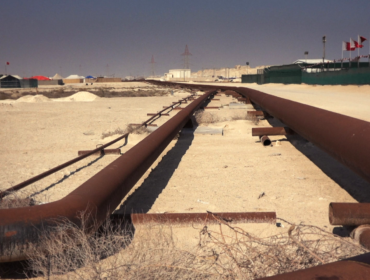The muscles’ energy supplies are not the bottleneck that’s cutting you off from increasing your endurance
The Energy Supply– Energy Deficiency Training Model
This model is another scientific effort to explain performance limits. In this model the goal of each training is considered to be the adaptation of the energy supplying systems in the body to the demands of the sport. The better our body is trained, the more economically energy is converted into muscle movements, performance is thus optimized. The carbohydrate metabolism which is independent from oxygen and the carbohydrate and fat metabolism that depend on the oxygen, all belong to the metabolic paths which must be trained to increase the yield of high energy phosphate compounds.
Therefore, regardless whether its mono- or polysaccharides in gels, bars or soft drinks, the logic behind these race food developments is the same. Give the body energy that is quickly available. Carbohydrates or glucose respectively are highly efficient transport molecules for the high energy molecule ATP which is essential for muscle contractions. Beside an oxygen deficit the ATP supply could be a limiting factor for muscular performance, and an ATP deficit may be one reason for fatigue and exhaustion. An ATP-depleted muscle stops working on the spot. In this case we are speaking of numb muscles. Studies under extreme circumstances have shown that the ATP concentration never decreases by 60% of the quiescent value. In general it happens rarely that intracellular ATP levels fall below 70%.
The conclusion that can be drawn from these results are that ATP has nothing to do with the process of fatigue and exertion.
Empty carbohydrate stores do not determine the performance limit
The study results on this topic are not conclusive. No doubt, carbs are of crucial importance as energy source. A generally accepted view is that when the carbohydrate stores in the liver are depleted then fatigue and the feeling of exertion kicks in.
But why do athletes recover so fast from this condition by the intake of plain glucose such as coke? Immediately they are capable of continuing the training or race.
No doubt, carbohydrates are an important fuel, but definitely they are not the only reason for exhaustion, performance dropouts and performance limits of an athlete. Up to now no study could prove the fact that training increases the endurance performance because of optimized carbohydrate stores in the body.
Interesting for you as a triathlete may be the fact that this model cannot explain, why endurance performances of an IRONMAN distance, especially the run at the end are possible even though the stores are empty. A medium intensity run would not be possible, if a condition of deficiency was at hand. Laboratory analysis suggests that an athlete’s carb stores are empty at the end the bike track when cycling with an average speed of 40k per hour. But still the best run a pace of 16 k per hour. That is an intensity of > 66% of VO2 max. An endurance performance of up to 6 hours exceeds the capacity of the muscle and the liver to store carbs by up to 100%. If one looks into the data, the assumption that these performances are possible due to the fat that is metabolized is much more likely.
Many thanks for the various inspirations to TD Noakes, University of Kapstadt, South Africa




